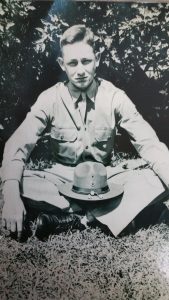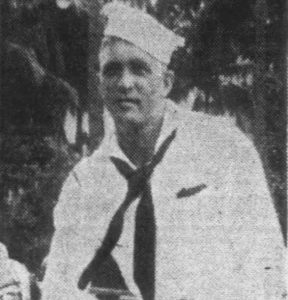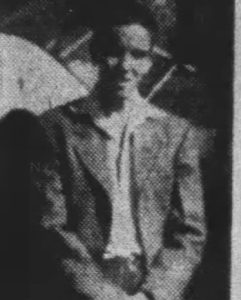Bean, Frederick B.
Army Corporal
Frederick B. Bean from Tennessee, Knox county.
Service era: Korea
Date of death: Wednesday, November 29, 1950
Death details: On November 27, 1950, the 31st Regimental Combat Team (RCT), tasked with replacing the 5th Marine Regiment on the east side of the Chosin Reservoir, arrived at the P’ungnyuri Inlet. That night, Chinese Communist Forces (CCF) launched a surprise attack against the 31st RCT. Although the Chinese were numerically superior, the 31st RCT managed to repel the initial attack. The CCF attacked again on the night of November 28, and late on the morning of November 29 the men occupying the northernmost perimeter conducted a fighting withdrawal to consolidate with the rest of the RCT in the perimeter south of the P’ungnyuri Inlet. The CCF continued their attacks on the consolidated perimeter, and on the night of November 30, the Chinese launched a massive attack. On December 1, the 31st RCT began to withdraw from the P’ungnyuri Inlet to Hagaru-ri. Heavy fighting occurred during the withdrawal and many more men were lost. Remnants of the 31st RCT began arriving at Hagaru-ri on December 2. The CCF then attacked the village, and the 31st began to withdraw to Hamhung on December 6, 1950. Sergeant Frederick Bonham Bean, who joined the U.S. Army from Tennessee, served with Headquarters Company, 31st Infantry Regiment, 7th Infantry Division. He was captured by the CCF on November 29, 1950, as the forward elements of the 31st RCT consolidated south of the P’ungnyuri Inlet. He was marched to an encampment at the village of Uisa-ri, where his injuries became too severe for him to continue. Sergeant Bean died of his wounds at Uisa-ri on or about February 12, 1951. His remains were not identified among those returned to U.S. custody after the war, and he is still unaccounted-for. Today, Sergeant Bean is memorialized on the Courts of the Missing at the National Memorial Cemetery of the Pacific.
Source: National Archives, Defense POW/MIA Accounting Agency



 Gordon Blane King, age 21, from Knox County Knoxville, Tennessee .
Gordon Blane King, age 21, from Knox County Knoxville, Tennessee .